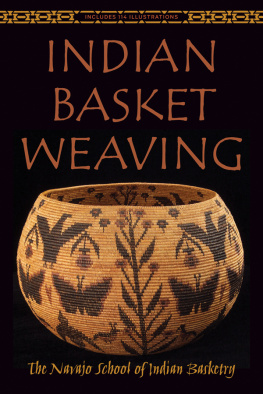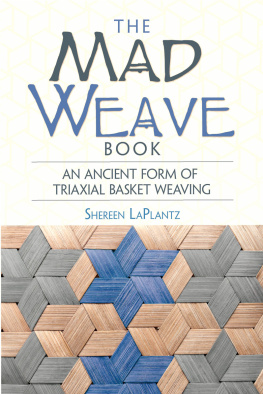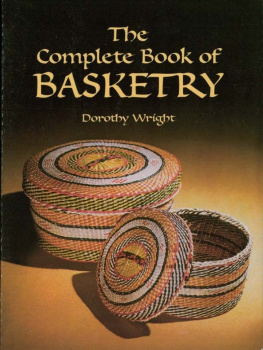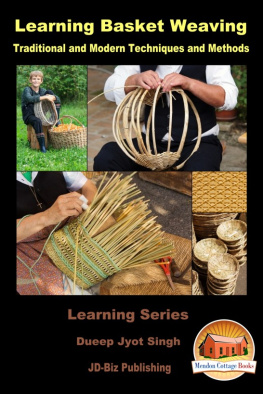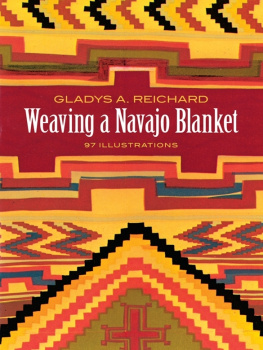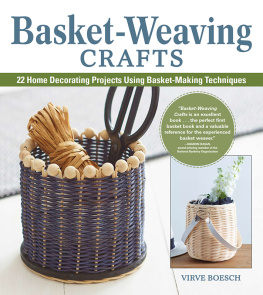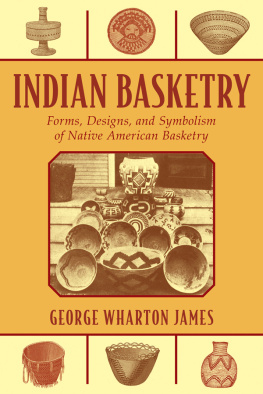
First Skyhorse edition copyright 2015
All rights reserved. No part of this book may be reproduced in any manner without the express written consent of the publisher, except in the case of brief excerpts in critical reviews or articles. All inquiries should be addressed to Skyhorse Publishing, 307 West 36th Street, 11th Floor, New York, NY 10018.
Skyhorse Publishing books may be purchased in bulk at special discounts for sales promotion, corporate gifts, fund-raising, or educational purposes. Special editions can also be created to specifications. For details, contact the Special Sales Department, Skyhorse Publishing, 307 West 36th Street, 11th Floor, New York, NY 10018 or info@skyhorsepublishing.com.
Skyhorse and Skyhorse Publishing are registered trademarks of Skyhorse Publishing, Inc., a Delaware corporation.
Visit our website at www.skyhorsepublishing.com.
10 9 8 7 6 5 4 3 2 1
Library of Congress Cataloging-in-Publication Data is available on file.
Cover design by Anna Christian
Cover photo credit Thinkstock
Print ISBN: 978-1-62914-595-2
Ebook ISBN: 978-1-63220-005-1
Printed in China
Baskets are the Indian Womans poems; the shaping of them her sculpture. They wove in to them the story of their life and love.

The Weaving of Them Today is as Much of an Art as Ever

A Collection of Baskets From British Columbia.

Yokut Basket, With Interesting Design of St. Andrews Cross.
INTRODUCTION.
The following instructions are given for those interested in the study and preservation of our American basketry. And the interest taken by all true lovers of the ancient art in the baskets woven and used for centuries by the American Indians, has been revived, and the fascinating possibilities of investigating these aesthetic elements of a rapidly vanishing race, and industry, involve a vast amount of culture study, which cannot be lightly passed as unimportant.
The lost art of Indian basketry is being revived, and those who have the knowledge necessary to correctly weave the long forgotten and intricate designs are securing almost fabulous prices for their work.
Indian basketry has taught us to appreciate the beauty of primitive weaving, and furnishes the most striking illustration of the wonderful patience, fertility of resource and inventive genius of the aboriginal woman in using nature's materials, roots, grasses, twigs, vines, rushes, palm-fibres, shells, and feathers, shaping them into useful and beautiful forms.
From such pitiful poverty of material would we create and decorate our commonest household articles and utensils?
The question has been asked, What would be the civilized man of today, without the art of weaving, the soft art that surrounds his home with comfort and his life with luxuries.?
Into the life of the Indian, baskets have entered most intimately in their domestic needs, religious and social functions. In infancy, cradled in a basket and carried on long toilsome journeys upon a mothers back, hung from some tree branch, swayed by every passing breeze, the bronze babys earliest recollections must have been associated with baskets; baskets which filled every needed demand for cooking, burden-carrying and hoarding away of the garnered stores for winters use.
Baskets were the Indian womans poems, the making manifest her ideals and longings for the beautiful. We are convinced from personal observation that no one, after thoughtfully examining or doing the work, can help regarding the Indians and their wonderful productions, so filled with the unwritten poetry of a race now almost extinct, can turn away without a new interest and respect for the Indians and their baskets. Hence we feel that Indian basketry will gain appreciation, not lose, by our placing before our readers the possibilities of reeds and raphia; and while we may not have the magic of the Indian squaw in our finger tips, we are able to teach her methods and designs.
It is the purpose of this book to teach the exact weaves and designs used by the Indians for centuries past, and to neither add to or take from, their original Indian characteristics. Some of the older weaves are not now to be found outside some of the very few fine collections of baskets, and the weaves of some of the rare old baskets are now a thing of the past.
A basket made after our instructions is a real Indian basket, except for the fact that white fingers instead of brown ones fashioned it. The design was originated by the Indians and the work is performed in exactly the same manner.
In preparing these lessons it is our object to have them clear, and concise, and written exactly as a teacher would instruct a student in one of her classes. This, with the illustrations of the different weaves and the finished baskets, cannot fail to make our instructions clear and comprehensive. In giving these lessons, we do not depart from the one idea of pure Indian. Our teaching is authentic and the result of research and practice that, to the casual observer might seem almost impossible to obtain. Anyone who weaves the complete course of lessons given in this book will have a knowledge of basketry which cannot be obtained in any other way except by great expense in travel and a thorough study of the Indians themselves while engaged in weaving the baskets.
Indian basketry may be divided into two extremely different classes, coiled and upright weaves. These in turn include many different weaves. Coiled basketry seems to present the greatest extremes.
We have seen specimens of baskets so delicately made that they could easily pass through a ladys finger ring, and others as large or larger than a flour barrel and material one-half inch wide used for the stitching of the coils together, as for the large granary baskets. In other baskets the stitching material had been shredded or split so fine that it took nearly one hundred stitches to cover one inch of space.
Coiled basketry lends itself to the greatest variety of shapes. In form they may be perfectly flat, as in a table mat, or built up into the most exquisitely beautiful jar shapes. These stitches are capable of lending themselves to an endless variety of intricate patterns.
In the upright weaves the plain twined weaving used by different tribes seems to be the most primitive of all weaving. The large burden baskets as well as the Pomo bam-tush mush bowls and treasure baskets are good examples of this style of weaving. Beads, feathers and wampum entered into the decoration of these Pomo treasure baskets, making indeed wonderfully beautiful works of art. The Aleuts, Indians of the Aleutian Islands, make baskets of the twined open work weaves, while the three ply, or braided effect with its variations are found in many different baskets of different tribes.
The twined weaving of the Pomos, where the ti band is used for strengthening as well as beautifying the baskets, gives us some wonderful examples of really beautiful work. However, we shall speak of this again.
We hope that to all who are interested in basketry, the following instructions and illustrations of genuine Indian baskets may be welcome, and suggest an entertaining pastime, as well as an incentive to seek a broader knowledge of this beautiful art, and a better understanding of these almost hitherto unknown children of Nature.
Next page
